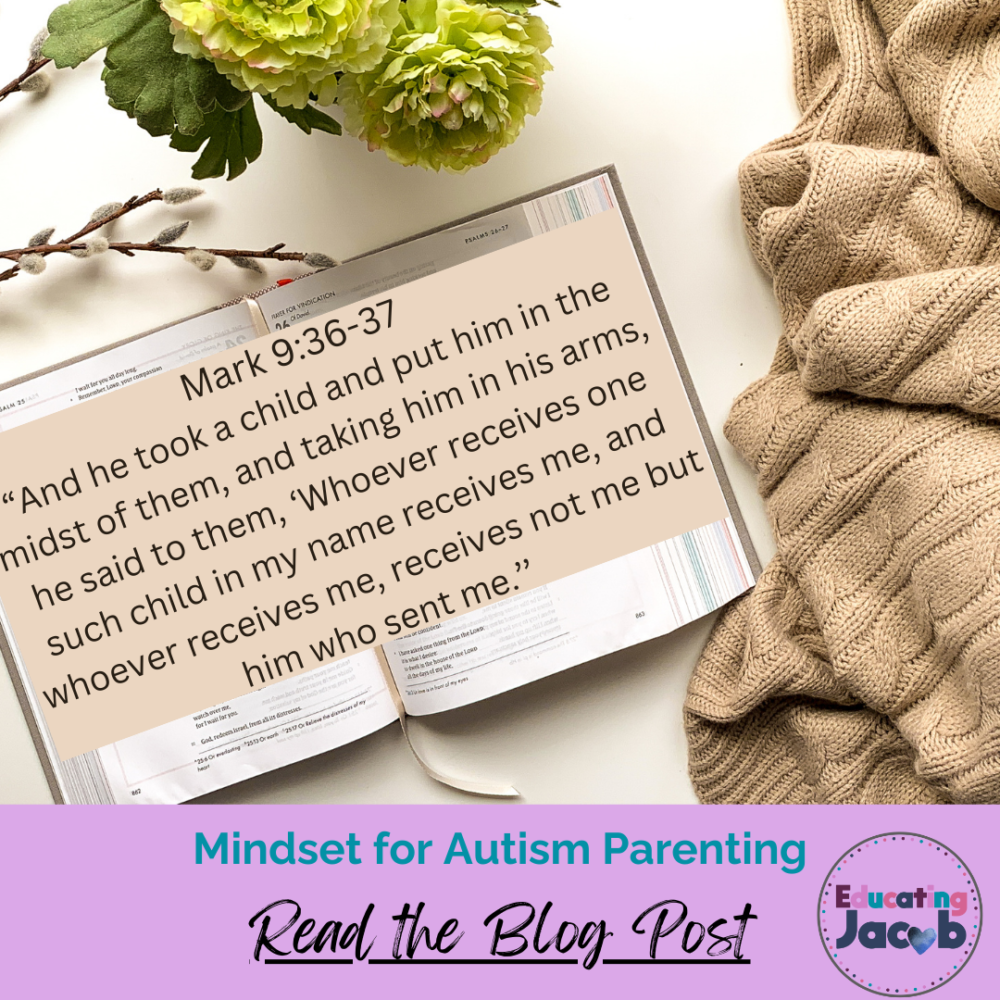You Have to Stop Freaking Out! Mindset for Autism Parenting.

Mindset for Autism Parenting
When you first receive an autism diagnosis, it’s completely natural to feel a rush of emotions—shock, fear, maybe even grief. You have to move beyond the fear and get a mindset for autism parenting. We all envision what family life will look like, filled with vacations, holidays, and weekend adventures. Suddenly, with the diagnosis, those dreams might feel out of reach, and it’s easy to feel like everything you’d imagined has shifted.
But here’s the truth: while it’s okay to feel those emotions initially, staying in a place of fear and worry only holds us back. As parents, we need a plan, not just for our children but also for ourselves. When we’re overwhelmed by worry, we can’t move forward and be the parents our kids need us to be.
In this post, I’ll share the mindset shift that helped me step away from overwhelm and back into a place of confidence and control. With the right mindset, we can embrace life on Autism Island with calm, purpose, and strength, making space for family joy—on our terms. https://www.desiringgod.org/articles/not-wired-for-this-world
You Have to Stop Freaking Out!
When we first hear the word “autism” in connection with our child, it can feel like everything we hoped for as a family is suddenly uncertain. That moment is overwhelming. I remember the fear and grief vividly. What would happen to the vacations, holiday traditions, sports games, and concerts I’d always imagined we’d share as a family? The future I’d dreamed of for Jacob suddenly seemed out of reach.
It’s okay to feel these things. You’re not alone in this experience. The key is not to stay stuck in fear. We don’t want to lose the confidence and joy that first came with parenting. We’re here to love, guide, and teach our children, just as Proverbs 20:11 reminds us: “Even a child makes himself known by his acts, by whether his conduct is pure and upright.” With the right mindset, you can move forward confidently, finding purpose in each day, and building a home filled with peace, calm, and joy.
Mindset: Start with CALM Action
For me, shifting my mindset began with taking CALM action forward. I realized that I was the best person to help Jacob, even though I had no experience with autism. You don’t need a degree to make a positive difference in your child’s life, but you do need the right mindset and practical tools. You are qualified and capable; you know your child better than anyone else.
When Jacob was young, I had no idea what to look for or where to start. His speech was delayed, and we kept hearing, “He’ll talk when he’s ready.” Looking back, I can see the signs—the hand-flapping, sensory excitement—but at the time, I had no guidance. It wasn’t until he was four that we got the diagnosis, and by then, I felt like so much time had been lost.

Finding Support and Setting Goals
After Jacob’s diagnosis, I was consumed with research and self-doubt. I didn’t have anyone to mentor me, and I felt like a horrible mom, overwhelmed and unsure. Over time, with the support of friends, family, and my own growing strength, I started to find my footing. My best friend gave me the confidence to keep going when she told me, “You’re doing everything you can, and you’re going to figure this out.” We were both homeschooling at this point in the journey.
Finding someone who’s been where you are can be incredibly helpful. Having a mentor or a supportive community can keep you moving forward. And remember: confidence starts with a single step. Even small victories build momentum and hope.

The Power of Visual Schedules for Calm and Communication
Looking back, I can see how learning to make activities and visual schedules for Jacob transformed our lives. At the time, I didn’t understand how this would help—he wasn’t even speaking! But structured routines were exactly what he needed to reduce anxiety and meltdowns, and they helped me communicate without words. 4 Things I Wish I Would Have Known After Getting the Autism Diagnosis
Visual schedules became our lifeline. They allowed Jacob to see his day at a glance, knowing what was coming next without needing long explanations. This structure helped him feel safe and reduced his need for meltdowns as a way to control his world. The calm it brought was a gift, and it even helped ease my own anxiety.
Building Routines and Confidence for Your Child (and You!)
Children with autism thrive on structure and routine. A well-laid-out day allows them to understand their world without constant fear of the unknown. Visual schedules and activities give them something predictable to rely on, reducing anxiety and providing calm.
When I began creating visual schedules, I kept it simple, starting with things Jacob was already familiar with, like brushing his teeth or choosing his clothes. Every small success became a building block for confidence, and I celebrated each win. It’s a powerful feeling to watch your child become more independent, even with small steps. Over time, this helped both of us approach each day with more ease.
Tips for building routines with confidence:
- Start small and keep it simple – Begin with familiar tasks and gradually build on them.
- Celebrate wins – Acknowledge every success, no matter how small, to build confidence.
- Adjust as needed – Be flexible; what works one day might need a tweak the next.
Creating a Home Filled with Calm, Joy, and Structure
Our journey taught me that achieving calm doesn’t require big, dramatic changes. Instead, small actions—visual schedules, routines, and learning to communicate in non-verbal ways—had the biggest impact. I even taught Jacob a bit of sign language, paired with his favorite songs, which helped him express himself without feeling overwhelmed by words. Over time, our home became a place of calm and joy, where everyone could feel understood and safe. Stop engaging in power struggles! Use redirection for your autistic child.
Remember: You don’t have to go through this journey alone. There are others who’ve walked this path and can offer support and encouragement. Visual schedules and routines may seem small, but they are game-changers. They help reduce stress, create calm, and provide clarity for you and your child.
Tips to Keep Moving Forward with Confidence
- Trust Your Instincts – You know your child best. Use this knowledge to create routines and strategies that work specifically for them.
- Celebrate Every Small Step – Even a small win is a huge step in the right direction. Acknowledge each success to build momentum.
- Find a Support System – Seek out others who understand the autism journey. Whether it’s a friend, family member, or online community, support makes all the difference.
- Document Your Journey – Journaling, even if only on difficult days, can help you see how far you’ve come. When things feel challenging, look back at past entries and recognize the growth.
- Stay Flexible and Open – Every child is unique. If something doesn’t work, pivot and try again. Trust that you’ll find a rhythm that suits both you and your child.
🧐 Struggling with daily routines and meltdowns?
🌟 As an autism parent coach, I help you transform chaos into calm by creating strategies that work for your family. 🌟
📅 Schedule a discovery call
👉🏼 Visit my contact page to get started: https://educatingjacob.com/contact/
#autismcoach #autismparentcoaching #autismandepilepsy #autismfamily💙#autismmom😎 #autismboymom😎 #autismchallenges🧩 #AutismParenting #DoctorVisitSuccess #EducatingJacob #AutismSupport #CalmParenting#askmelissa
